How on Earth am I going to eat a whole pig by myself before it goes bad?
As a part of the Whole Hog Project, I purchased an entire pig (butchered into primals) from a local farm.
But I’m not having a big cookout and throwing the whole shebang on a fire pit.
In fact, I’m planning on eating the vast majority myself, and counting on it to last me several months.
And I’ll be using several methods to preserve the hog for as long as possible, using methods both ancient and modern:
- Salt
- Smoke
- Fat
- Heat
- Cold
1. Salt
Salt is truly one of the most remarkable staples in the kitchen.
Although we now think of it as a seasoning ingredient, the main reason for salt’s ubiquity lies in its unparalleled ability to preserve food.
Salt is able to penetrate both plant and animal cells to draw out water, and is thus able to eliminate the water-borne microbes that cause our food to spoil.
As salt preserves the food from spoilage, it also alters its taste, generally for the better.
Thus we still brine meat and ferment vegetables long after the advent of home refrigeration.
Traditionally, many cuts of pork are cured for extended periods of time before cooking. It is also not uncommon to give the other cuts a plunge into brine before cooking, more to improve the flavor than to keep them from going bad.
For preserving my hog, I’ll give lean cuts such as chops and tenderloin a bath in brine before cooking, soak the ham and hocks in a curing brine, and give the bacon a long sit in a dry cure without water.
2. Smoke
Smoke doesn’t preserve meat to the degree that salt does, but it should not be underestimated.
Cold smoking at a very low temperature is good for preserving cheese and salmon, but I’ll be using hot smoking more for flavor than anything else.
This method of preservation likely became widespread when our ancestors discovered that storing meat over a fire kept hungry insects away.
But like salt, the delicious results have meant that smoking is still a common method of cooking today.
The most famous smoked pork products are bacon, ribs, pulled pork, and ham, but hocks are an excellent candidate as well.
These smoked meats are generally cured before smoking, except for ribs and shoulder (for pulled pork) which are usually smoked without curing.
So I’ll plan on smoking these parts of the pig as well.
3. Fat
Ah, fat.
The most delicious of the macronutrients, and the most unfairly maligned.
Fat also shines as an old-school food preservation tool, since immersing some nosh for later in some good melted animal fat will protect it from both air and sunlight, helping it keep much longer.
Pig fat, or lard, has been used by healthy cultures since time immemorial, and so it’s hard to see this important foodstuff get so much flak these days (though it’s getting better).
Rendering lard, or separating the liquid portion from the solid portion, is an important yet basic skill that can transform pig fat into one of the most versatile and delicious foodstuffs you can have in your fridge.
On top of that, cooking food in fat and then cooling, or even simply adding a layer of fat on top of food you’d like to store in order to minimize contact with the air, is a great way of preserving some good eats for later.
Not only will I be rendering lard, but I will use it in my cooking as much as possible, for everything from frying to making rillettes.
4. Heat
It may seem like a bit of a cop-out, but heating up food is a great way to help it to stay fresh longer, while improving both its taste and the digestibility.
Heating meat creates fundamental changes that make it an unhospitable environment for the nasty bacteria that can make you sick.
First and foremost, the high heat kills off most of these organisms. But it can also increase the tenderness and digestibility of the food, as well as bringing caramelization and other wonderful transformations into the mix, which just make eating food all the more enjoyable.
As gastronomically adventurous as I think I am, I’ll be applying heat and cooking every part of this hog, from grilling to frying and everything in between.
5. Cold
Unless you’re cooking for several hundred people (and have several dozen to help you cook and prepare the food) you’ll need some serious freezer room in order to store some of your hog.
Even after preserving as much of the hog as possible using the aforementioned methods of salt, smoke, fat, and heat, you’ll need something with a little more keeping power if you want to eat it all before it goes bad.
I bought myself a chest freezer, which I’ll be using to store my pork in various degrees of processing.
The Everlasting Pig
Pigs have an important role to play in the human diet across history and cultures.
One of the greatest achievements of this long and varied history include taking advantage of the wide array of methods of food preservation that people have traditionally used to make the most of a whole hog.
And since it just so happens that many of these methods, including curing and smoking, result in incredibly tasty dishes, I’ll be taking advantage of millenia of accumulated wisdom.
If you’re going to use an animal for food, it only makes sense to make the most of it and let nothing go to waste.
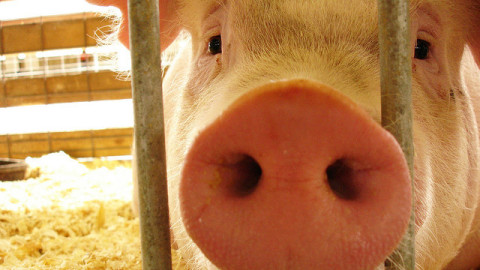
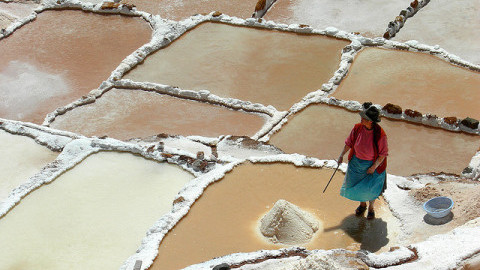
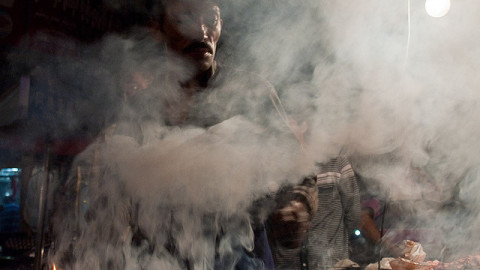
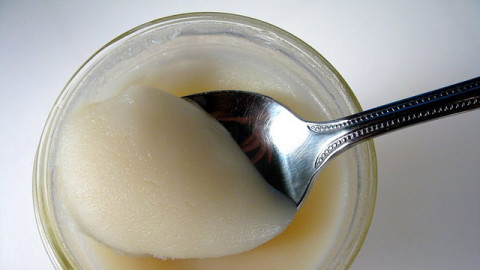
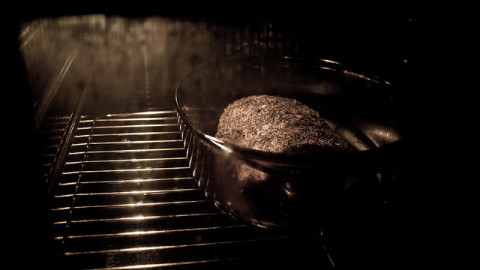
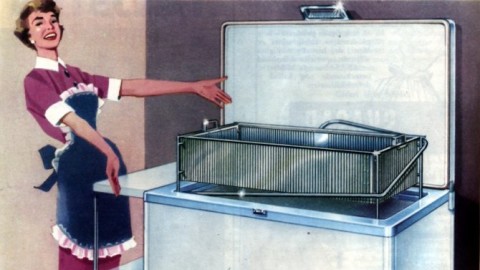
 I'm a science geek, food lover, and wannabe surfer.
I'm a science geek, food lover, and wannabe surfer.
{ 2 comments }
Your last sentence is what is really nice about this series: “If you’re going to use an animal for food, it only makes sense to make the most of it and let nothing go to waste.”.
I think it’s not a journey for anyone, as it looks like you’ll need a lot of space to do everything you are planning to, bu it’s really amazing how many different forms of preparing pork I’m discovering with these posts.
By the way, the book just arrived yesterday! Thank you!
Filipe
Awesome! 😀
Comments on this entry are closed.